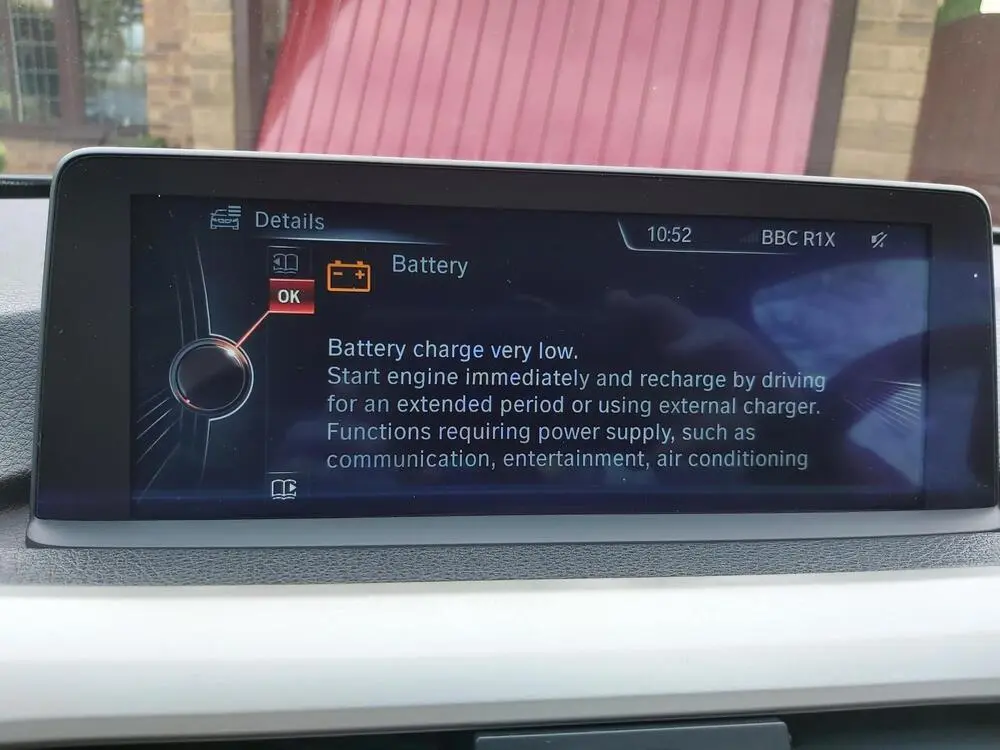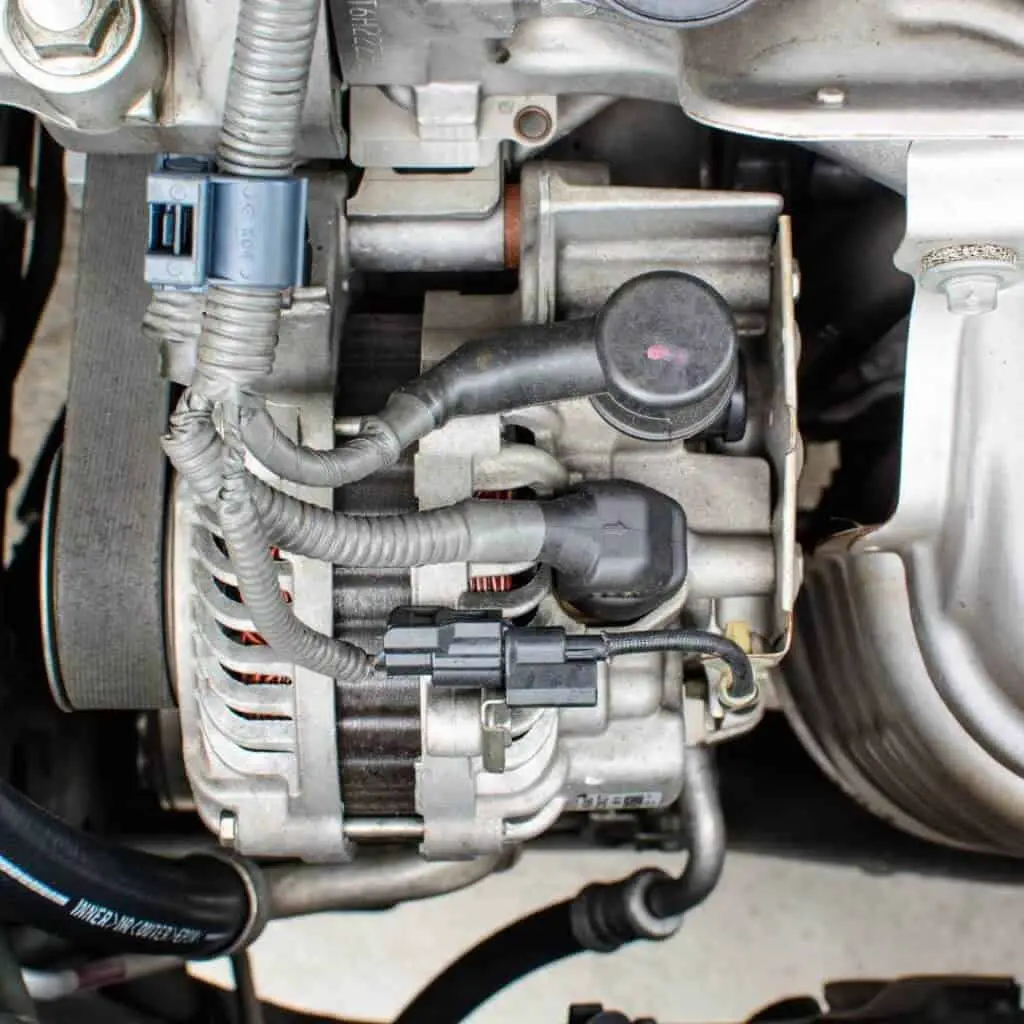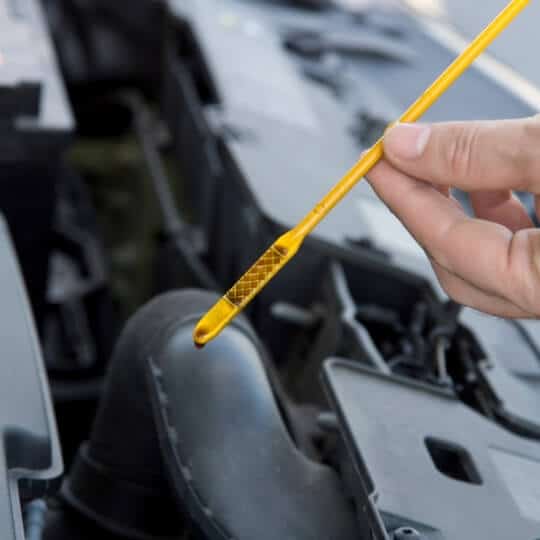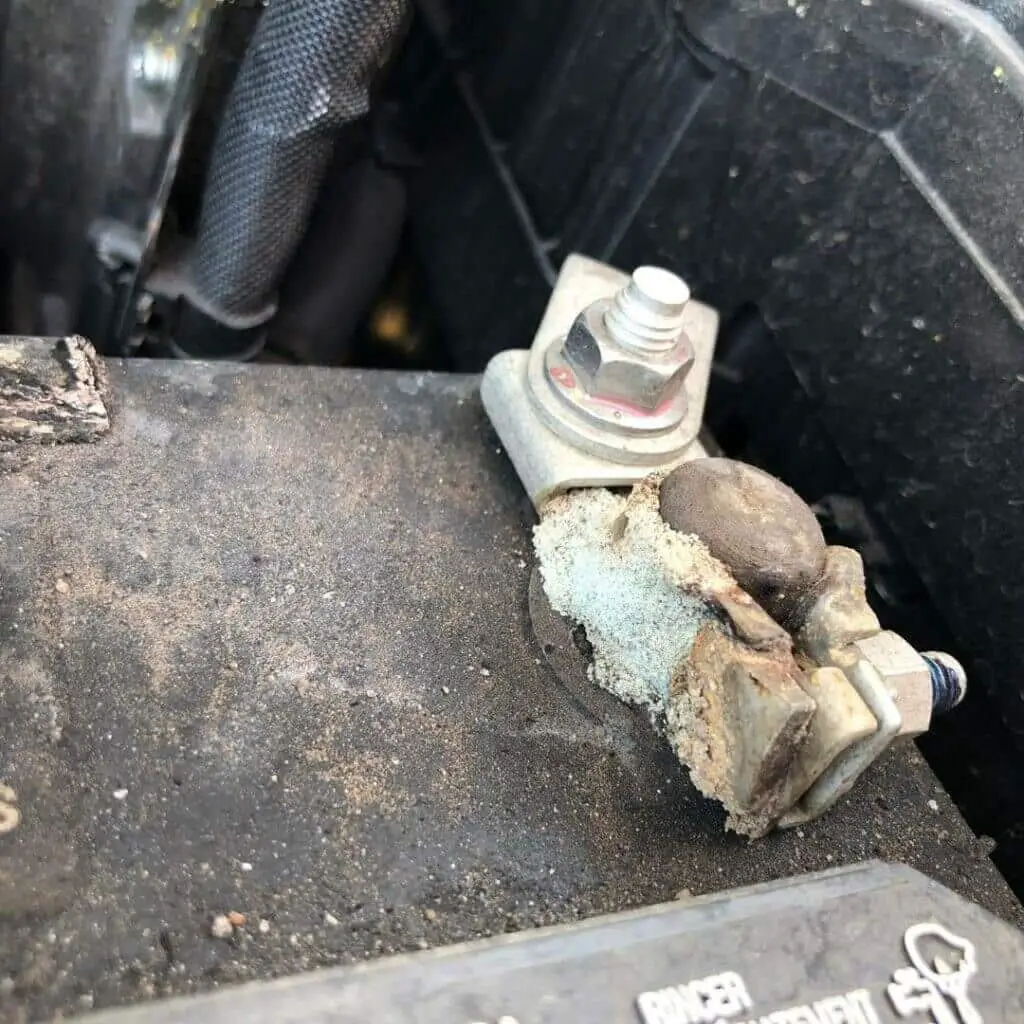Should I replace my car battery before it dies?
Yes, you should replace your car battery before it dies with a new one. You don’t want to be stuck on the road or be late to your work during cold winter mornings.
A vehicle just can’t work if the voltage of the battery drops low – for example, 8V.
With low voltage, the battery won’t be able to provide enough power to start the engine or power various systems such as lights, radio, and other electronic components in the car.
Many of us just don’t think of the battery and its lifespan. Drivers are usually unaware of things that may shorten the battery life. All of that will be covered in this battery guide.
Should I replace my car battery before it dies?
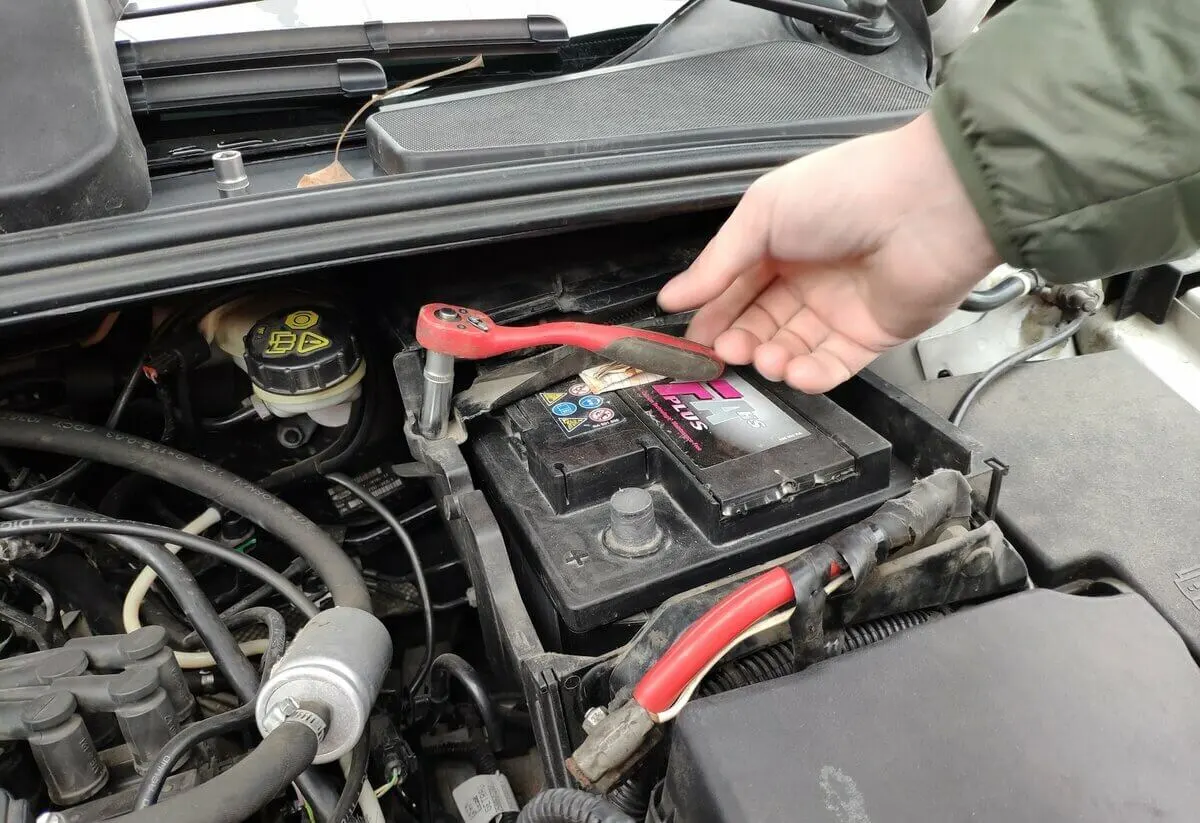
The battery should be replaced as a preventive measure if you have a problem with starting the car in the cold climate or if the battery warranty has expired. If you get into a situation where you hear a click when starting, it means that your battery is empty or dead.
Although the lead-acid car accumulator hasn’t evolved much in the last century, testing has become easier. Unfortunately, simple battery tests cannot decipher the chemical intricacy of what happens in a battery at this time.
The chemical intricacy in a car battery involves the interaction of lead plates, sulfuric acid electrolyte, lead dioxide, and lead sponge, which are essential components in a traditional lead-acid battery (Physics Van | UIUC).
Instead, they give a brief overview of the battery pack when it is being tested without taking into account the battery’s chemical makeup before or after the assessment.
So, when it comes to battery replacement, the rule of thumb is simple: You have about four years of proper functioning before the battery starts to degrade from a chemical powerhouse into a chemical paperweight. After that, start looking for indications (which we’ll review in a minute) and be ready to act at the four-year milestone.
Weak Car Battery Symptoms
The battery struggles to deal with seasonal changes
As the temperature rises, you may notice the battery reacting negatively to these fluctuations. This happens when the heat in your battery’s internal fluids evaporates the water. Internal battery corrosion can also be caused by evaporation.
The evaporation of water from the electrolyte can impact the battery’s performance and longevity, making it essential to monitor and maintain proper electrolyte levels (Energic Plus).
Due to the slow-moving engine oil, the battery’s chemical reaction slows down in the winter, reducing its life span and requiring more energy to start.
Newer batteries can easily withstand extreme weather conditions, while a battery nearing the end of its life cycle will suffer in such conditions.
Your car has been idle for long
If you park your car for an extended journey out of town, it may return with a dead battery. Your driving habits have a significant impact on your battery. While you might believe that driving regularly is bad for your battery’s health, the contrary is often true. [3]
Because the battery charges up while you drive, leaving your vehicle parked for an extended time may cause it to lose charge. If you’ve opted to travel out of town and left your car parked, ask a neighbor, friend, or colleague to make sure it gets a quick spin around the block every now and then to keep your battery healthy.
Your vehicle has a hard time starting
Have you noticed that your engine takes longer to start than usual? When you turn the key, perhaps the lights begin to flash, or you hear a strange noise?
These are all signs that the battery is about to fail. Consider taking the car to a professional for inspection of the starting system or battery replacement before it fails you.
The battery is old and triggers the dashboard light
Wouldn’t it be easy to know when you required a new battery if your automobile alerted you? Thankfully, most automobiles are capable of doing so. The dashboard battery light will glow when your car detects a battery or starting issue [5].
When all else fails, the age of your battery can be used to estimate when it will need to be changed. The typical car battery lasts three years. However, this depends on the battery brand, vehicle type, climate in your area, auto care, and driving habits.
Related: Battery Low Start Vehicle
How often should I replace my car battery?
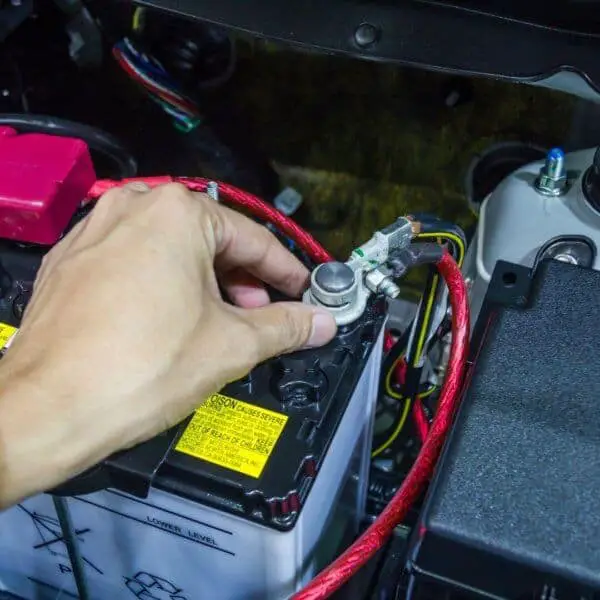
A battery’s usual average lifespan under ideal conditions is roughly four years, depending on the state of your charging infrastructure, where you reside, and your driving patterns.
If you reside in a hotter area, your battery may need to be examined and possibly replaced sooner. If you live in a considerably colder area, your battery may survive up to five years, but you should check it after three to four years.
A car battery’s average life span varies from 30 to 47 months, depending on the location.
The typical battery life in the southern region, where summers are harsh, is about 30 months, so you’ll want to get your battery tested for replacement after nearly two years.
Related: Oreillys vs Autozone Car Battery Comparison
Factors That Impact the Life of My Battery
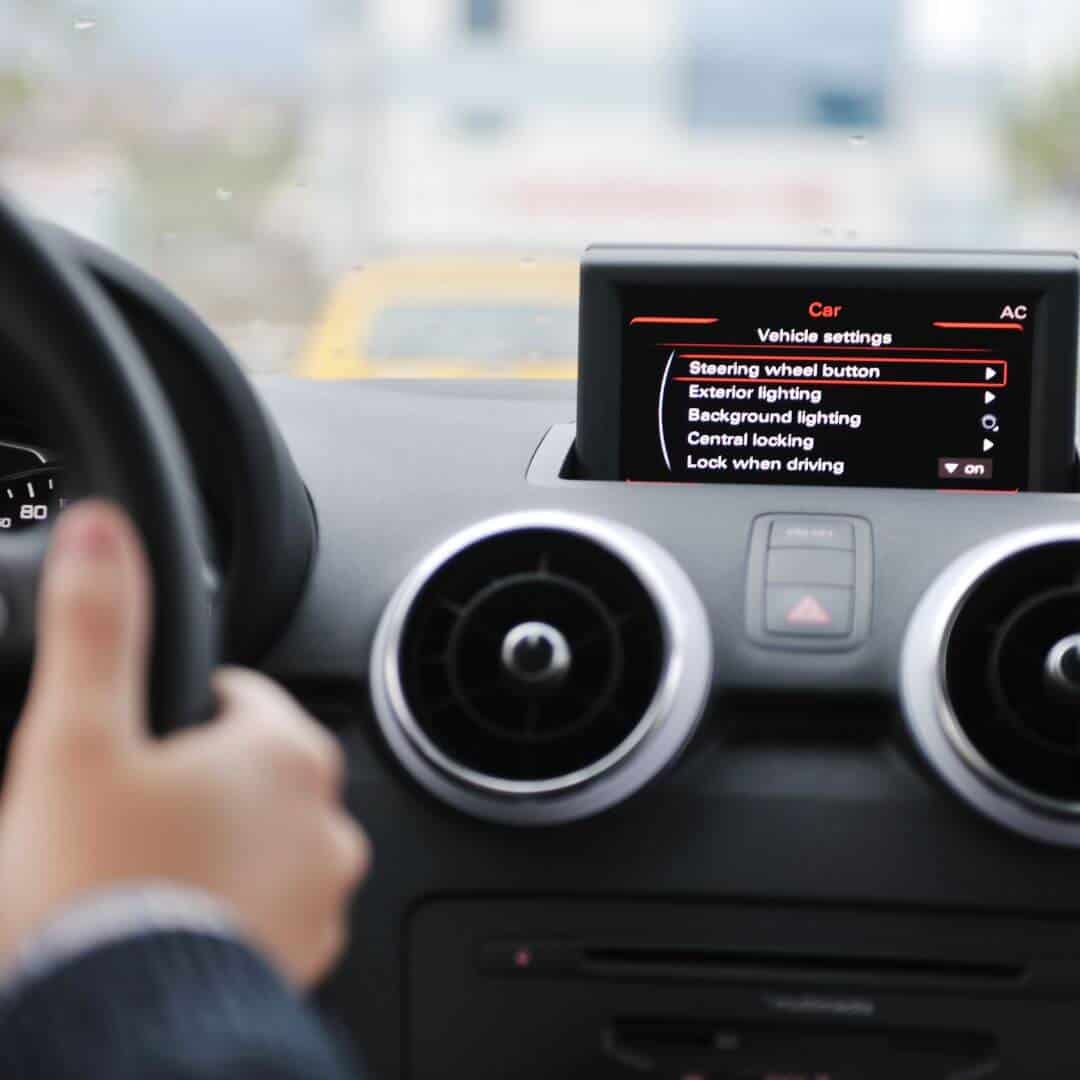
Other factors, aside from severe regional temperatures, can shorten the expected lifespan of a car battery.
- Numerous plugged-in devices, including a GPS module, MP3 or DVD player, satellite audio system, laptop, game system, and phone charger
- Vibrations caused by rutted or damaged roads
- Short car excursions regularly or not driving for lengthy periods of time
The way you drive affects how long your battery lasts. The battery may never achieve full charge if you only use it for short excursions of 20 minutes or less. This could damage the battery and cause it to wear out faster [6].
The battery continues to be discharged when the car is not driven for long periods. These types of damage might be difficult to detect on normal tests.
Another case can be that some car componenets such as interior lights, door lights, bad relays can cause a parasitic drain on the battery, leading to a loss of charge over time.
Your mechanic should be familiar with your driving behavior when you take your car in for a battery check.
How to replace a car battery?
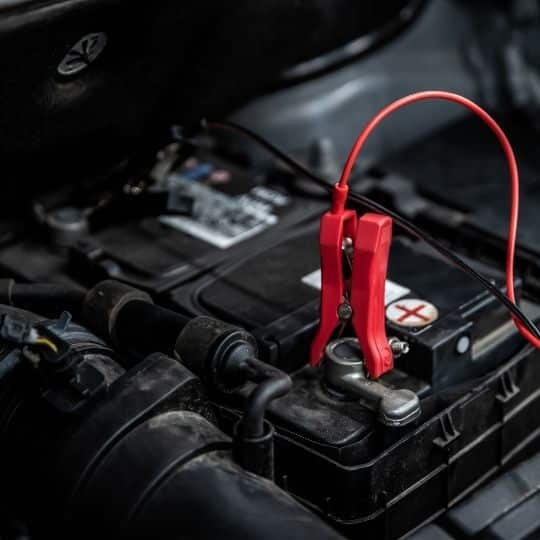
Upgrading a car battery is a reasonably simple procedure that may be included in a regular vehicle maintenance routine.
While there appears to be a bewildering array of batteries on the market, Consumer Reports claims that three companies — Johnson Controls Industries, Exide, and East Penn — make the majority of maintenance-free battery packs used in the United States today [7].
Each company produces batteries sold under several brand names by different companies. In the end, the battery’s brand name is irrelevant.
Related: Can I Put Lower ah Battery
Important factors you should consider before buying a new battery
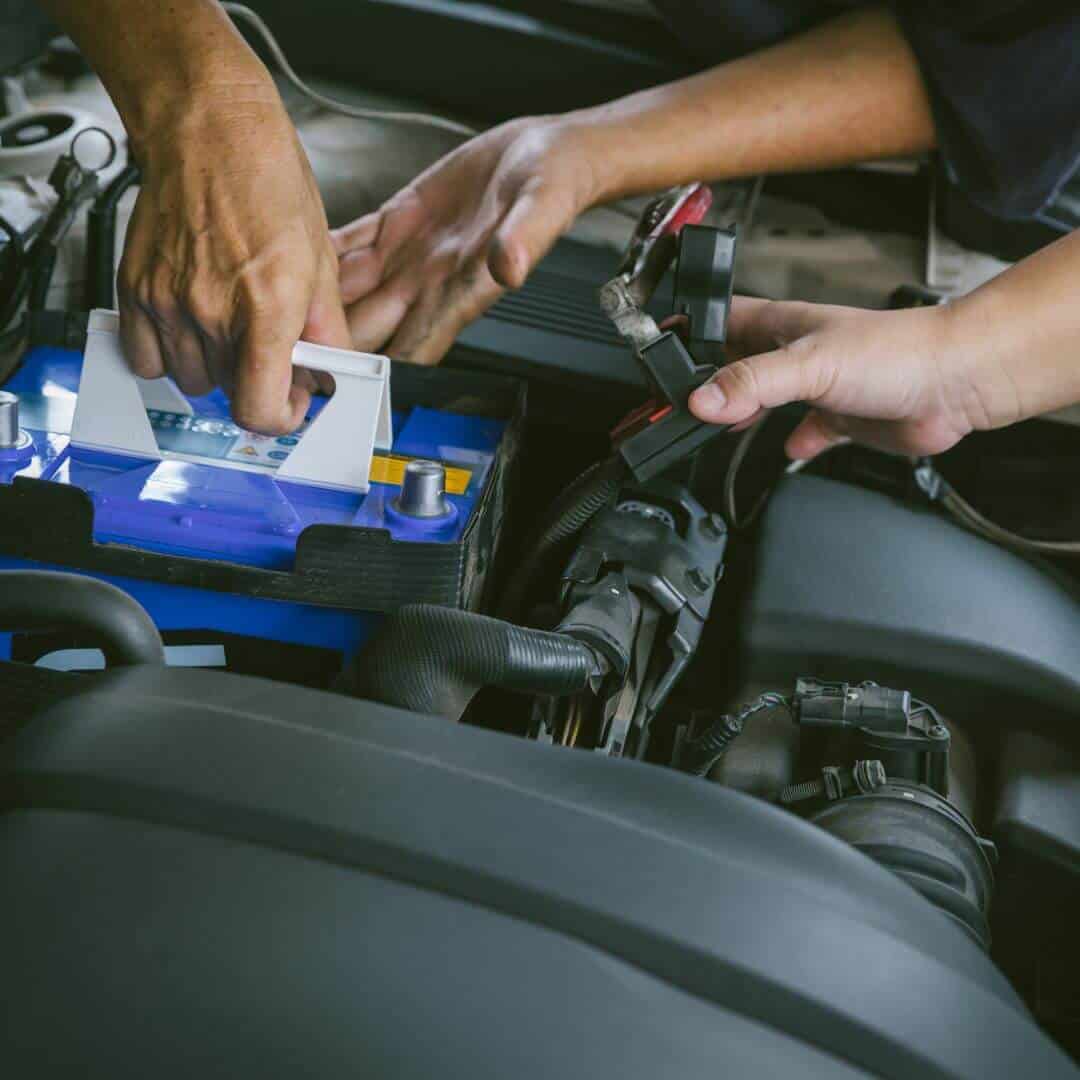
- Date of production: Batteries normally have a date of manufacture on them and must be sold within six months. Before you buy, double-check the date. The date is frequently encoded. The month is usually indicated by a letter: A for January, B for February, and so on. The year is marked by the number, such as 0 for 2000 or 1 for 2001.
- Group size: The outer dimensions and location of the terminals of the battery are determined by this measurement. Ensure the battery group size you’re replacing matches the group size of the one you’re replacing; otherwise, you can end up with a battery that’s too big or too small for your automobile. Fortunately, most battery retailers categorize them according to the vehicle’s make, model, and year.
- Cold-cranking amps (CCA): This refers to the measure of the capacity of the battery to start a car at 0 degrees Fahrenheit (-17 degrees Celsius). When the engine oil is thick, and the battery’s chemical potential is low, It will start better in the cold if the CCA is higher. On the battery tag, most batteries mention this. However, some simply list CA or cranking amps. CA is usually a higher number and is measured at 32 degrees Fahrenheit (0 degrees Celsius). It is, however, less accurate in predicting how well the automobile will start in the cold.
- Reserve capacity: This is the most difficult number to locate, yet it is also one of the most useful. It tells you how long your car will run on battery power alone if the alternator fails unexpectedly. It’s normally found in the battery documentation at the store or online or on the battery itself on rare occasions.
If you follow these guidelines, you should be able to withstand the worst that a defective battery can throw at you while still finding a dependable replacement when you need it.
In case that you want to buy a new car batter we suggest an Ampere Time 100Ah battery.
Related: Will Disconnecting Car Battery Harm Computer
Conclusion
Don’t wait until your car battery is completely dead before replacing it. Instead, it’s advisable to think about replacing it before it reaches the end of its useful life. Knowing how long a car battery lasts and the factors contributing to its depletion will help you decide when to replace it so you’re never trapped with a car that won’t start.
Read Next: Battery Charge Fault – Stop The Vehicle

